Weather conditions can tremendously affect the progress of a construction project. For that reason, weather alerts are vital for the industry both in terms of budgeting and safety. However, many construction managers or contractors are still considering weather alert systems as a luxury.
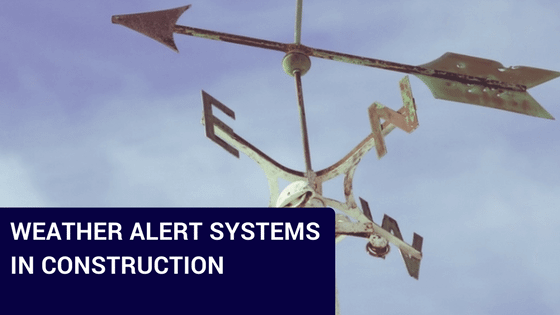
We wanted to get a more complete picture about their true value in construction, so we decided to interview our computer science expert Kacper Kawecki. He was kind enough to answer our questions and offer us a pretty good overview of why weather advisories are important for the construction project management process.
1) What exactly is a weather alert system?
A weather alert system, is a system that triggers warning alerts in case that weather forecasting exceeds a certain threshold. For example, when wind speed is higher than a particular level or when temperature reaches below -15℃.
2) Could you name some different industries where a weather alert system could be helpful?
Extreme weather conditions can affect any industry. Any project or activity that takes place outdoors -especially by or in the sea (eg. shiping, gardening, wind power plants, fishing)- could be extremely benefited by weather alert systems. Severe weather phenomena can affect transportation, lead to shipment delays or even prevent people from showing up for work.
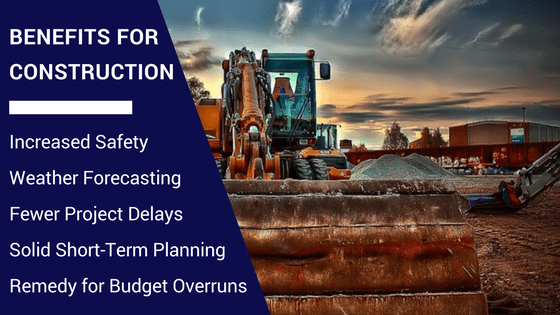
3) How could it contribute to the construction industry?
The construction industry knows well how to deal with weather. When a construction project is planned, the average weather conditions for the given period are checked and the plan is adjusted according to the received data. In most cases, well-trained subcontractors can estimate possible delays based on experience. They know, for instance, that there are tasks which can be completed much faster during summer than during spring or autumn. Thanks to this knowledge, they can manage their construction project accordingly.
In a few words, weather alert system can help a lot in ‘short term’ planning. The provided data will help the contractor to reschedule some tasks. It is also possible sometimes to swap the order of the tasks. This can happen if there are enough indications that a task can’t be performed or that its performance will increase the project cost due to weather implications. It could be given for example bigger priority on a task that won’t be affected by rain. In a nutshell, weather alert systems can reduce risk of delays and budget overruns, by allowing to reschedule or adjusting tasks to a different time.
4) What type of information can it offer to construction project managers?
A weather alert system should offer information about which task will be affected by which upcoming weather phenomenon and how. In that way, it warns a project manager or contractor/subcontractor that the given task should be rescheduled or that additional preparation is required for it. In worst case scenario, the construction manager can put the task on hold instead of affecting the proper function of the whole project. To put it simply, a weather alert system offers to a project manager the opportunity to react fast and reduce risk of going overtime with his/her planning.
5) Is it possible for the weather alerts to be issued in real-time? In what ways could the people who work on a construction project be notified about a significant weather advisory?
That is a hard question. I believe that the sooner an alert is issued, the greater value it has. The problem is that weather forecasts should issue such notifications. However, weather forecasts are normally more or less precise for the upcoming 24-48 hours. There are of course forecasts for 10 days, but they are constantly changing a lot. Depending on the calculation model, experts are estimating forecasts once to few times a day. In that sense, you can’t say that they are real-time data.
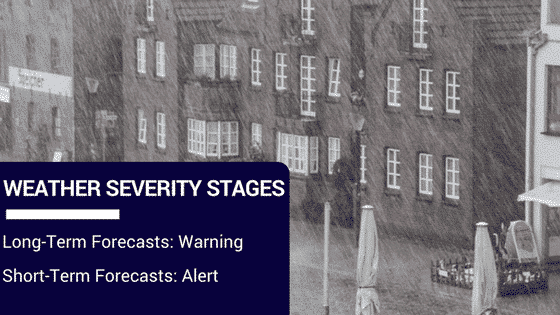
In my opinion, such alerts should be issued as soon as weather forecasts mention that significant weather phenomena might occur. But we should divide them to 2 different levels of severity:
1. Warning: For long term forecasts, telling that there is some probability for a given problem to occur.
2. Alert: For short term forecasts, telling that it’s highly probable for problems to appear due to weather condition.
CHECK OUT ALSO: STAY AHEAD OF RISK IN CONSTRUCTION
6) Could you give us an example of a significant weather alert?
Yes, absolutely. Let’s say that you have scheduled a masonry on concrete for tomorrow. According to forecast, though, temperature may go below 0℃ in the evening. In such case, you have to use antifreeze addition or you should reschedule the task for a day when the weather conditions will be different. Otherwise, there is high risk that the low temperature will affect the strength of the concrete and that a number of repairs will be necessary later on.
Another example could be the painting of a building’s facade. Imagine that you should paint a facade tomorrow in a location where the average temperature at that period is around 15℃. Out of a sudden, forecast shows that the temperature will be around 5℃. According to the product specifications, the paint should not be used in temperatures below 10℃, as its drying and durability can be affected. Therefore, you should reschedule painting for a day when the weather conditions will be appropriate.
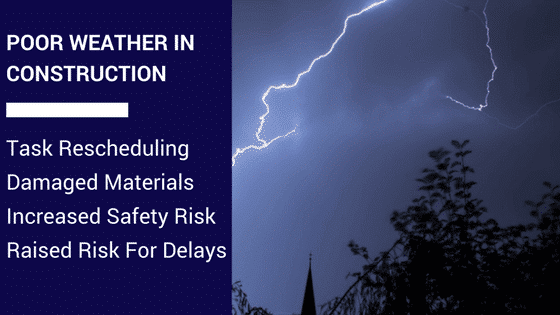
7) How do poor weather conditions affect construction projects?
Construction is quite good in dealing with poor weather conditions, but this comes with a cost. There are a lot of technical solutions developed, through the years, in order for professionals in construction to deal with such conditions.
Going back to the masonry example, mortar requires special treatment when used in temperature below 5℃. Today, there are different techniques that allow us to deal with this issue, as we can heat the mortar up to a certain temperature or add antifreeze mixtures to it. Such solution allows us to continue working in unfavourable conditions but with increased cost. One more example could be roofing. When it‘s raining, it’s impossible to complete a task like that. However, you can build scaffolding and place a temporary roof on top, so you can continue working later.
Despite the fact that there are many techniques to deal with poor weather conditions, we need to keep in mind that weather affects people working in construction as well. So, we may have found techniques that allow us to perform masonry in sub-zero weather, but we still need to find a bricklayer who will be willing to do it. Even if you manage to find one, he won’t be able to work as efficiently as he would do under normal circumstances. Moreover, there would be a high risk of injury or sickness. Unfortunately there isn’t much we can do about that.
8) What could you define as normal weather conditions? Does this vary based on geographical criteria?
Normal weather conditions can be defined as the average atmospheric conditions for a given period in a given area. Those differ, of course, according to location and season. For instance, zero temperatures will be a normal thing during December in Copenhagen, but not during May. In the same aspect, having 0℃ temperatures during winter in Sydney it will be rather unusual, while the same doesn’t apply for Snowy Mountains region (ca 500km away from Sydney).
In short, weather conditions that are considered to be poor in one area during a certain period can be regarded as normal in other areas. The same is true about seasons, too.
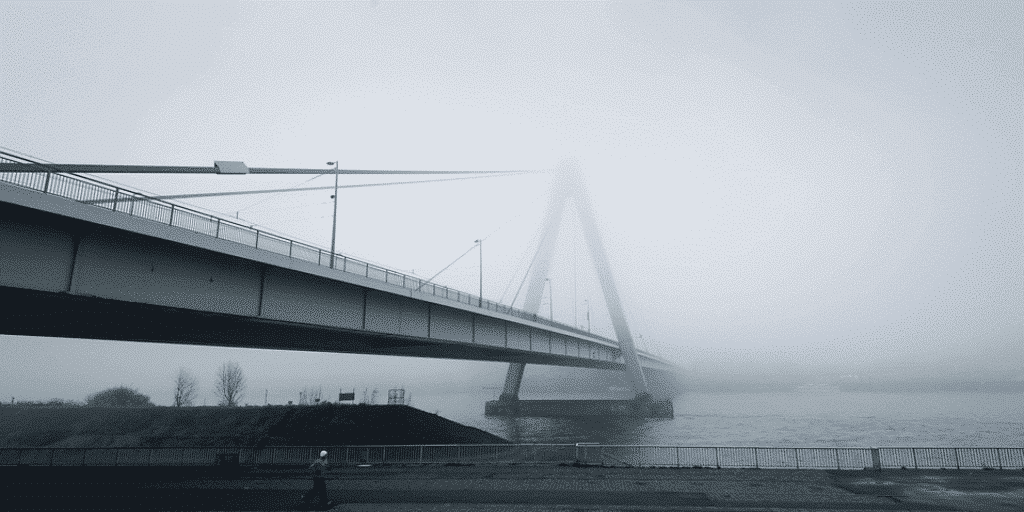
9) Do you believe that weather alert systems will be a must-have element in construction project management in the near future?
I don’t believe that it will be a must-have in the near future, but taking into consideration how both climate and construction are continuously changing, it might be in the further future. The construction industry has definitely learned how to deal with weather and has developed many new efficient techniques. Such systems can definitely improve performance on site and make management easier, but they will be rather considered as ‘nice-to-have’.
10) Would you recommend for construction companies to use weather alert services?
Yes, I would absolutely recommend it. It will be a great help on a bunch of different ways. First of all, it can reduce construction project costs and eliminate wrench time as it can predict any potential task delays. Finally, this means that there will be a significantly lower need for repairing which can lead to a remarkable performance improvement on site.
Conclusion
It’s obvious that a weather alert system can transform construction project planning and prevent significant disasters. In pair with a top performing project management software, like GenieBelt, weather alert systems could be a strong step towards increasing effectivity in construction.
Kacper Kawecki is a developer and one of the founders of GenieBelt. Currently he is working on his master thesis about using machine learning to issue early weather warnings for construction projects. He has also experience from the construction industry, since he has previously worked as a carpenter, painter and roofer.




